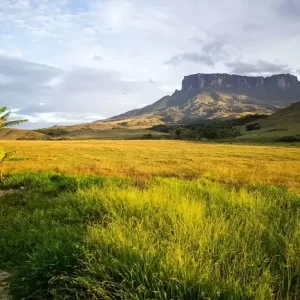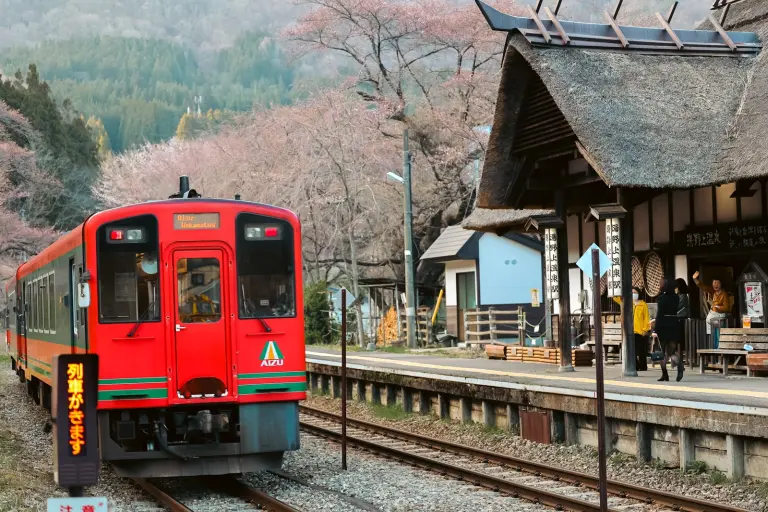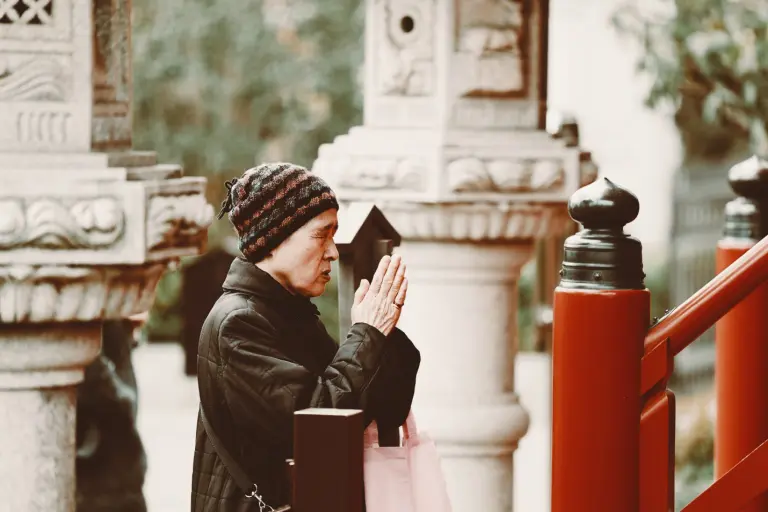At first, these eerie statues were believed to be manifestations of evil spirits. But as archaeologists would later discover, their purpose was far more profound and sacred.
Deep in the southeast corner of Tianguangdong village, China, there lies an unnamed mountain shrouded in legend. Although the mountain is not very tall and is covered in dense, lush vegetation, local people have long avoided it. The reason? Scattered across the forested slopes are thousands of stone statues—each one carved in a different form, each one cloaked in mystery.
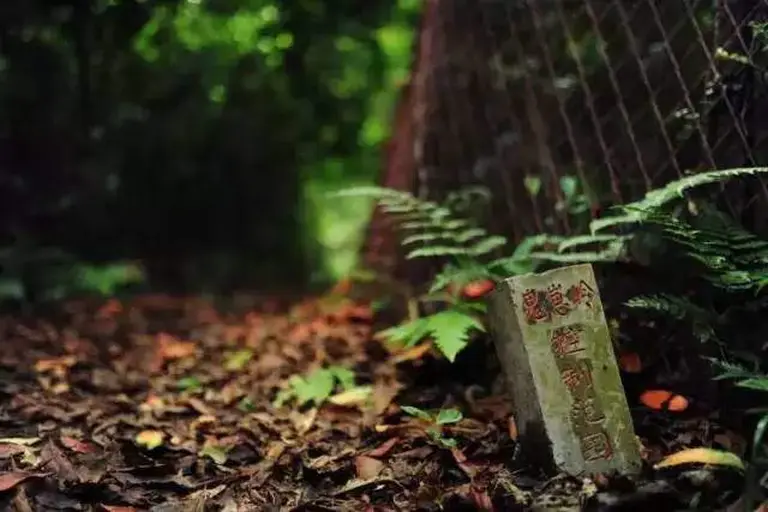
>> La Isla de las Muñecas: Mexico’s Haunting Island of Dolls
For generations, villagers have whispered that the mountain is haunted. The dense foliage casts perpetual shade, giving the place an unsettling atmosphere. Rumors circulated of ghosts inhabiting the statues, and some even claimed to have seen the figures moving under the moonlight. Over time, fear turned into reverence. The site became a sacred no-go zone, where no one dared trespass without reason.
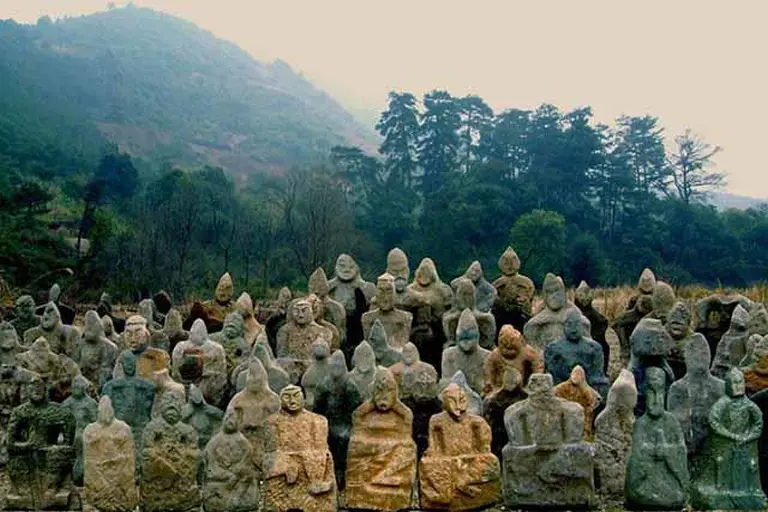
And yet, in times of drought, desperate locals would climb the mountain, burning incense and offering prayers. Miraculously, the wells in the village never ran dry. Many credited these strange statues for the blessing, believing them to hold divine power capable of protecting the community.
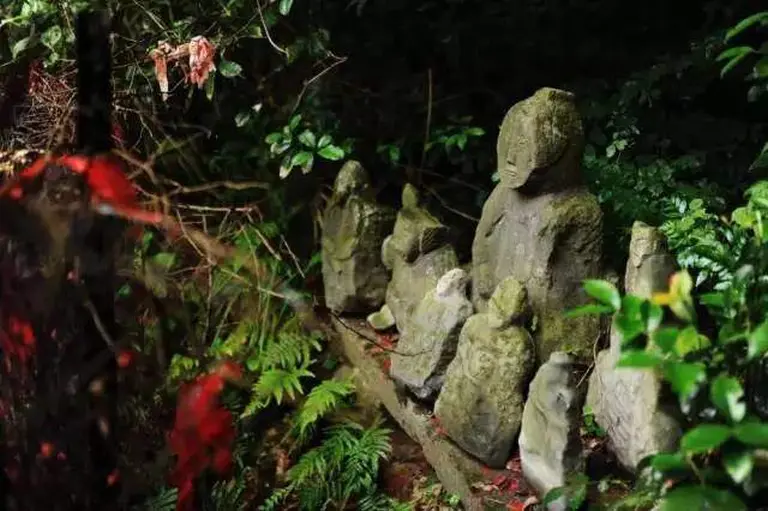
>> A cave in Finland where echoes feel like ghosts whispering – Welcome to the Devil’s Church
Curious about the origins of this eerie mountain, a team of archaeologists launched an expedition to uncover the truth. What they found was astonishing: thousands of stone figures, some standing, some squatting, others hidden beneath bushes or submerged in water. Their expressions varied from calm to commanding.
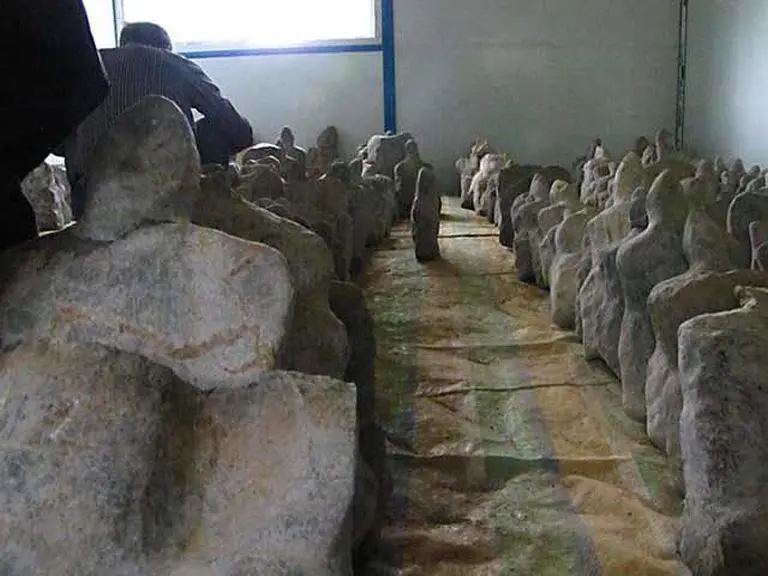
Estimates suggest that nearly 10,000 statues are scattered throughout the mountain. Most depict men, many dressed as ancient military officers. A few portray women, including pregnant figures. About 1,000 statues remain visible above ground, while countless others lie buried under nearly two meters of earth.
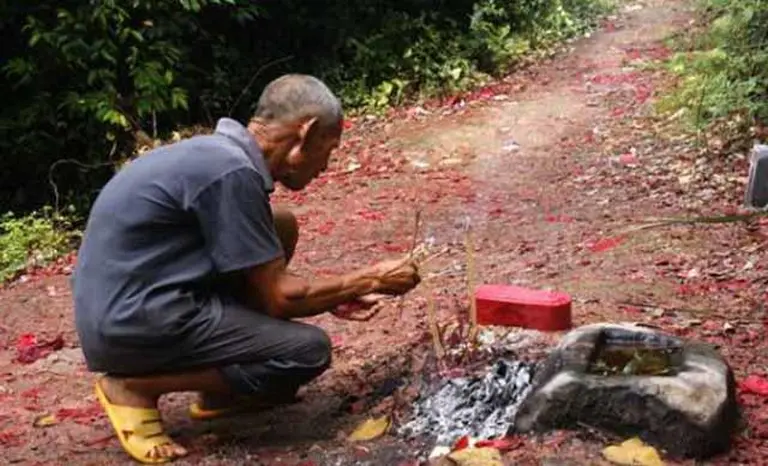
>> Top 8 haunted places in Japan that will send chills down your spine
After extensive study, experts concluded that the statues were neither imperial tomb guardians nor demonic effigies. Instead, they were sacred objects used by ancient people as part of rituals for prayer and protection. Worn by centuries of weather and misunderstood over generations, they became the stuff of ghost stories and local superstition.
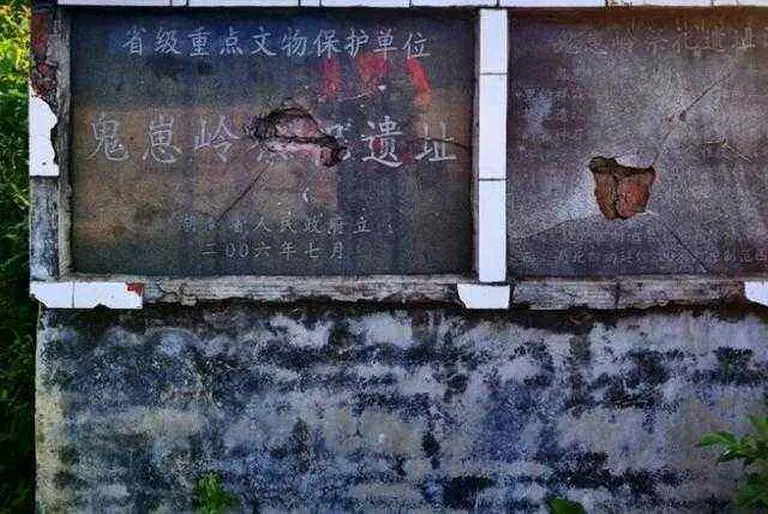
Far from being evil spirits, these stone figures are relics of a lost spiritual practice—echoes of a time when people turned to the mountains to connect with something greater than themselves.



